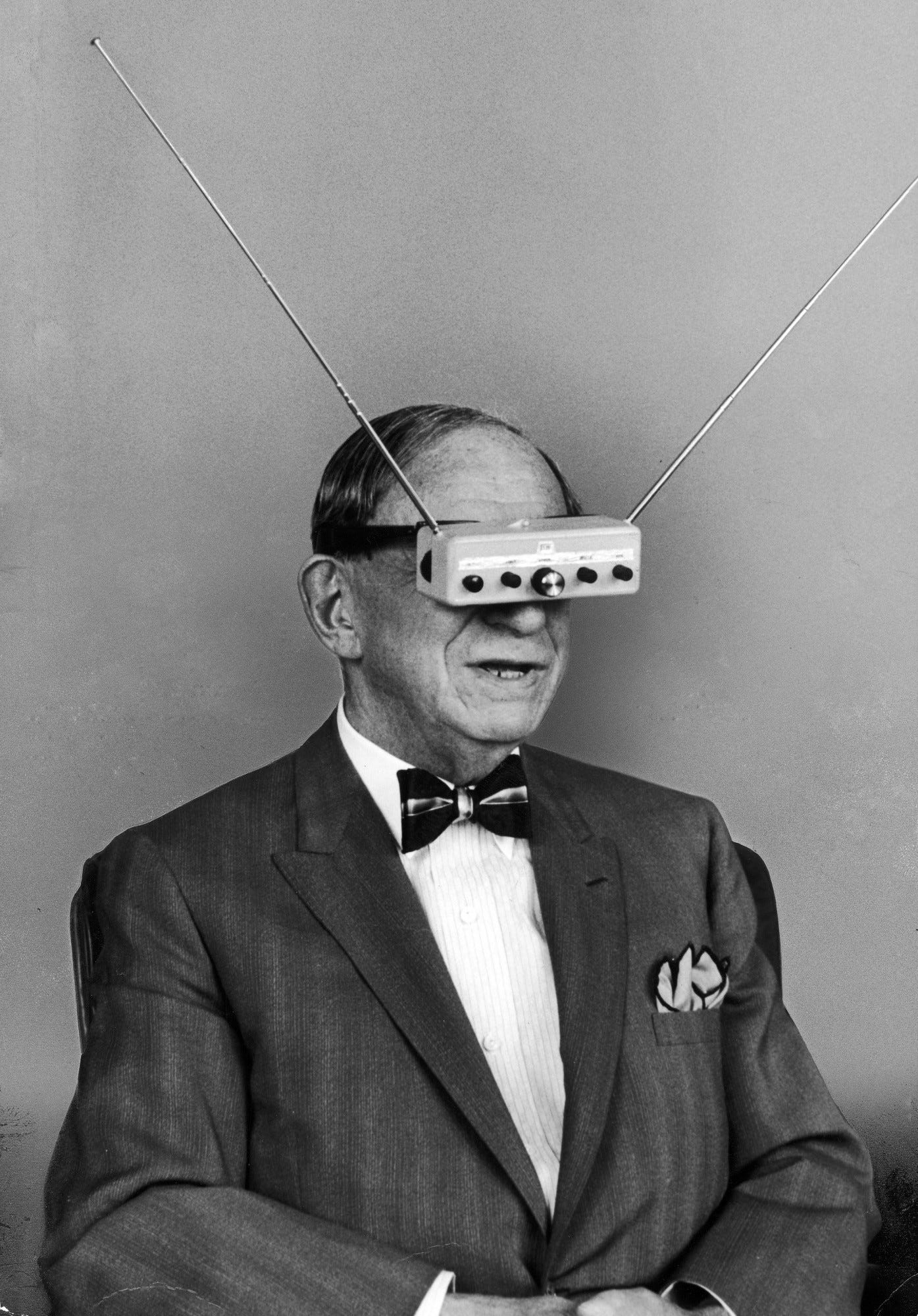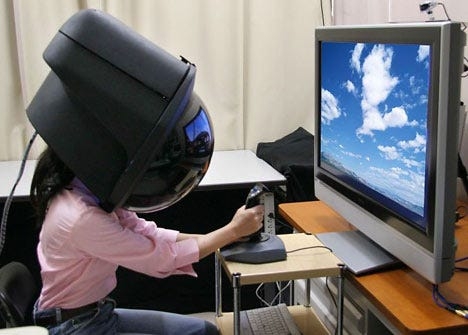Head Mounted Displays
You could also describe this section as "Near Eye" displays depending on the type. As things get smaller, describing them as Head Mounted will start to sound a bit odd.
Head mounted displays

Head-mounted displays (HMDs) could have their own article by themselves, but they are worth briefly mentioning here. These displays have been around in some form since at least the 1960s. These can be divided into two types depending on whether they are used for virtual reality, augmented, or mixed reality.
HMDs for virtual reality are typically a standard display (primarily OLED these days) and optics that are strapped to a user’s face. Current consumer examples would be the various Oculus Rift Headsets (ie Oculus Quest 2), HTC Reverb, Playstation VR, and Valve Index.
In these displays, software renders a separate image for each eye, and sensors in the headset (or external tracking cameras) allow the software to adjust the rendered camera position to give an illusion of moving your head in a virtual space. The brain is extremely sensitive to latency between your head movements and what it expects your eyes to see. If the latency or delay between those two is too high, the sense of immersion is lost and some users can experience motion sickness. To counteract this, the tracking devices and displays are engineered to keep this latency as low as possible. To counteract the latency issue, the refresh rate of the display is usually higher than most 60hz monitors, which means that your content must be able to run faster than 60fps as well.

HMDs for augmented and mixed reality have a lot of different display methods depending on the manufacturer and the end goal. Eventually, the difference between augmented reality and virtual reality displays may only be a switch or fader that dims out the “real world” as the generated graphics are given more emphasis. The old Google Glass used a prism/projector technique. Microsoft Hololens and Hololens 2 uses an unusual method of edge lit holography or a waveguide element. The Magic Leap One uses a special layered technique of a similar method of a projector with a waveguide. Headsets like the Varjo XR-3 are a commercial grade mixed reality headset with a lot of technology packed in like eye tracking, more involved camera passthrough setups and more.
In addition to sensors like accelerometers and gyroscopes used to track head position, some of these displays use cameras to augment their visuals. By using computer vision techniques, devices like the Hololens are able to track physical objects in front of the user and augment them accordingly. By combining all of these tracking systems, these displays are able to make elements appear “holographic” since they can render different angles as the user walks around.
Upcoming advances for VR and AR are in areas like creating varifocal displays that allow for more realistic depth cues rather than todays fixed focus displays that feel "flatter" to a user.
See also:
SWave Photonics
Swave Photonics - they have a small holographic chip that they hope can be utilized in AR glasses/Spatial computing devices and other areas for creating true holographic still and dynamic images
VividQ
VividQ's technology is not super well described on their site, but it seems to be a combination of computer generated holography for near eye displays that allows for proper focus perception.
Other Links:
MicroOLED for very tiny (<10mm) but high resolution displays - primarily for near eye viewing
Last updated
Was this helpful?